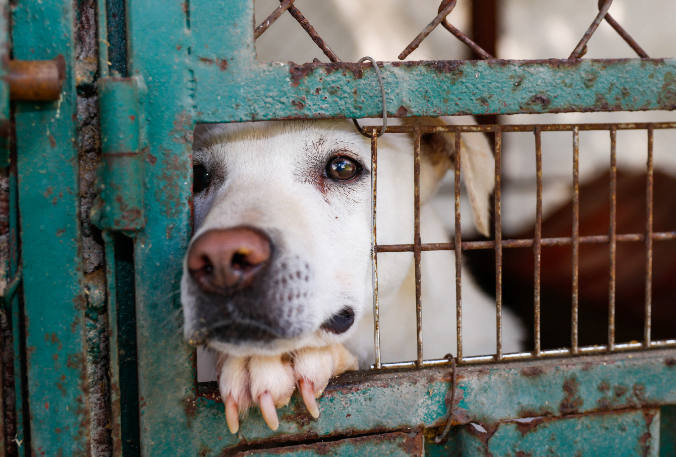Why Dog Sitting?
Dog sitting has become an increasingly popular option for pet owners who need someone to look after their furry friend while they’re away. Not only does it provide your dog with the comfort of staying in their own home, but it also allows you to have peace of mind knowing that your pet is in good hands. In this comprehensive guide, we’ll cover some essential do’s and don’ts for both pet owners and dog sitters to ensure a smooth and enjoyable experience for all parties involved.
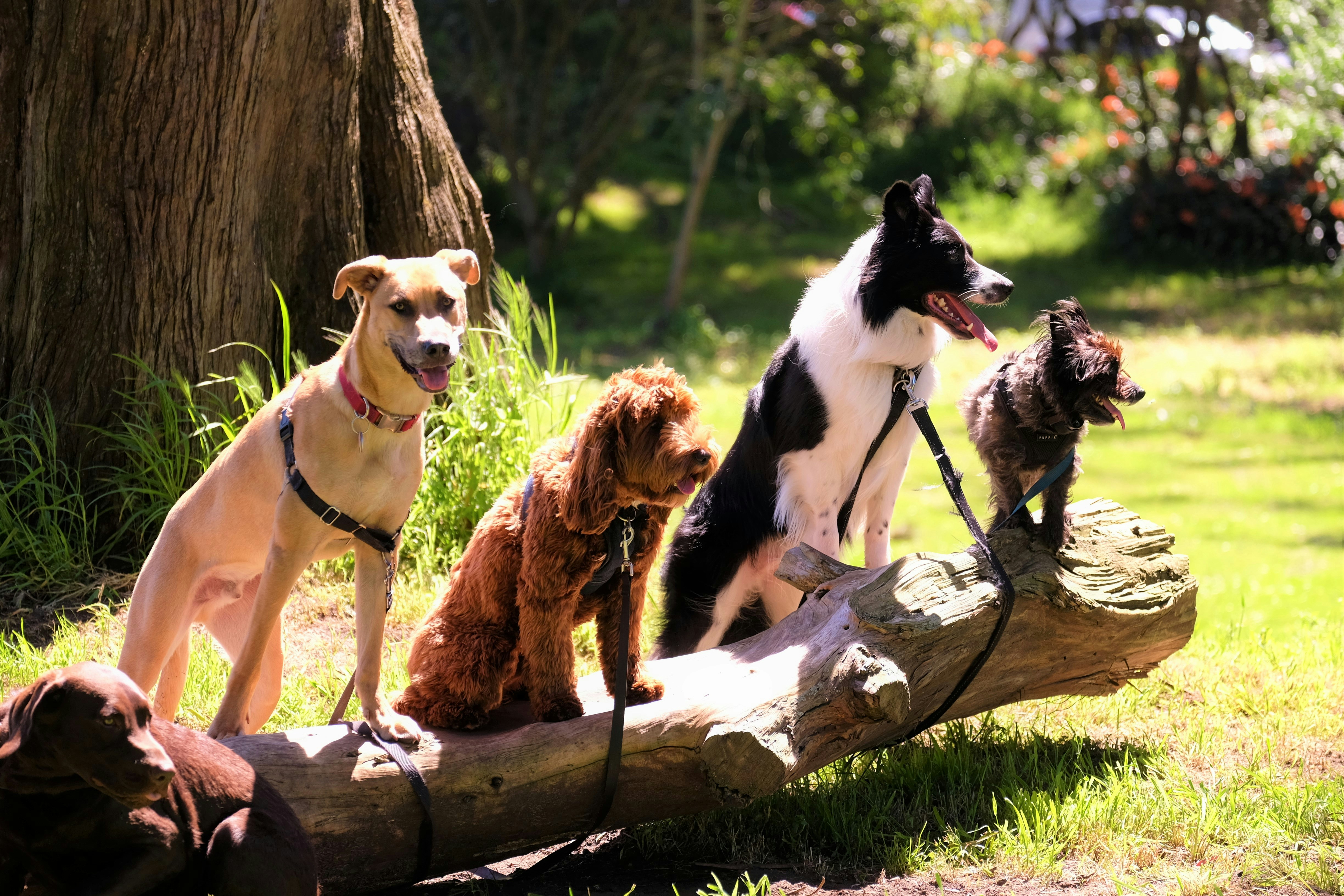
Do’s for Pet Owners
1. Provide Clear Instructions
When leaving your dog in the care of a dog sitter, it’s crucial to provide them with clear instructions on your pet’s daily routine, feeding schedule, and any specific needs or preferences. This not only ensures that your dog will be well taken care of, but it also helps the dog sitter perform their job more effectively. Be sure to leave written instructions and discuss them with the sitter before you leave.
2. Vet and Emergency Information
Ensure that your dog sitter has access to your pet’s veterinary information, including the contact details of your vet and any necessary medical records. In addition, provide the sitter with a list of emergency contacts, including a nearby friend or family member who can help if needed. This information is essential in the event of an emergency or if your dog requires medical attention.
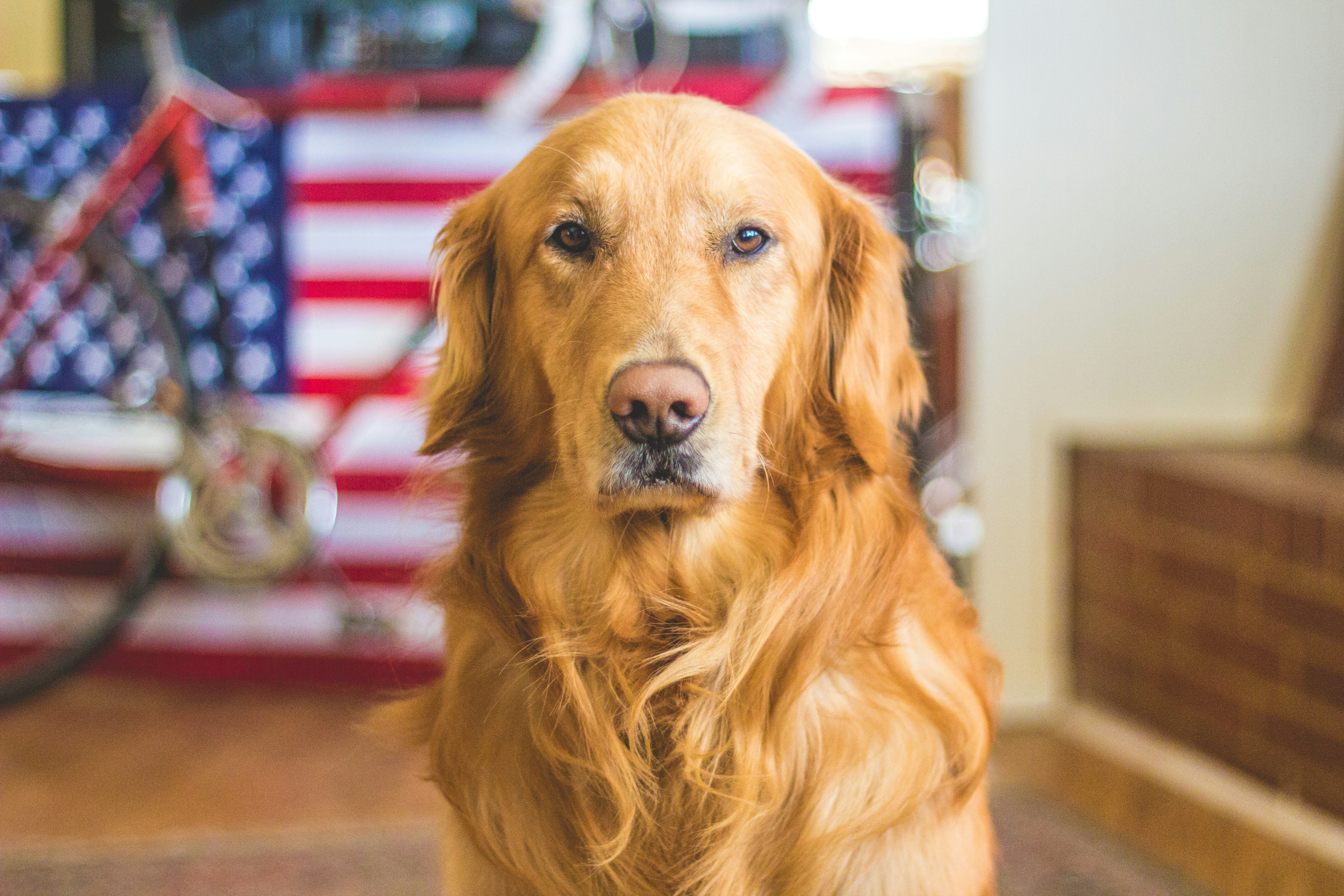
3. Communication and Updates
Establish a communication plan with your dog sitter before you leave. Decide how often you’d like to receive updates on your pet and the preferred method of communication (text, email, phone call). This ensures that you’ll be able to stay informed about your dog’s well-being and gives you peace of mind while you’re away.
Don’ts for Pet Owners
1. Expecting Last-Minute Availability
Don’t wait until the last minute to book a dog sitter. Many experienced and reliable sitters book up quickly, so it’s essential to start your search early and secure a sitter well in advance of your trip. This also allows time for a meet and greet between the sitter and your dog to ensure they’re a good fit.
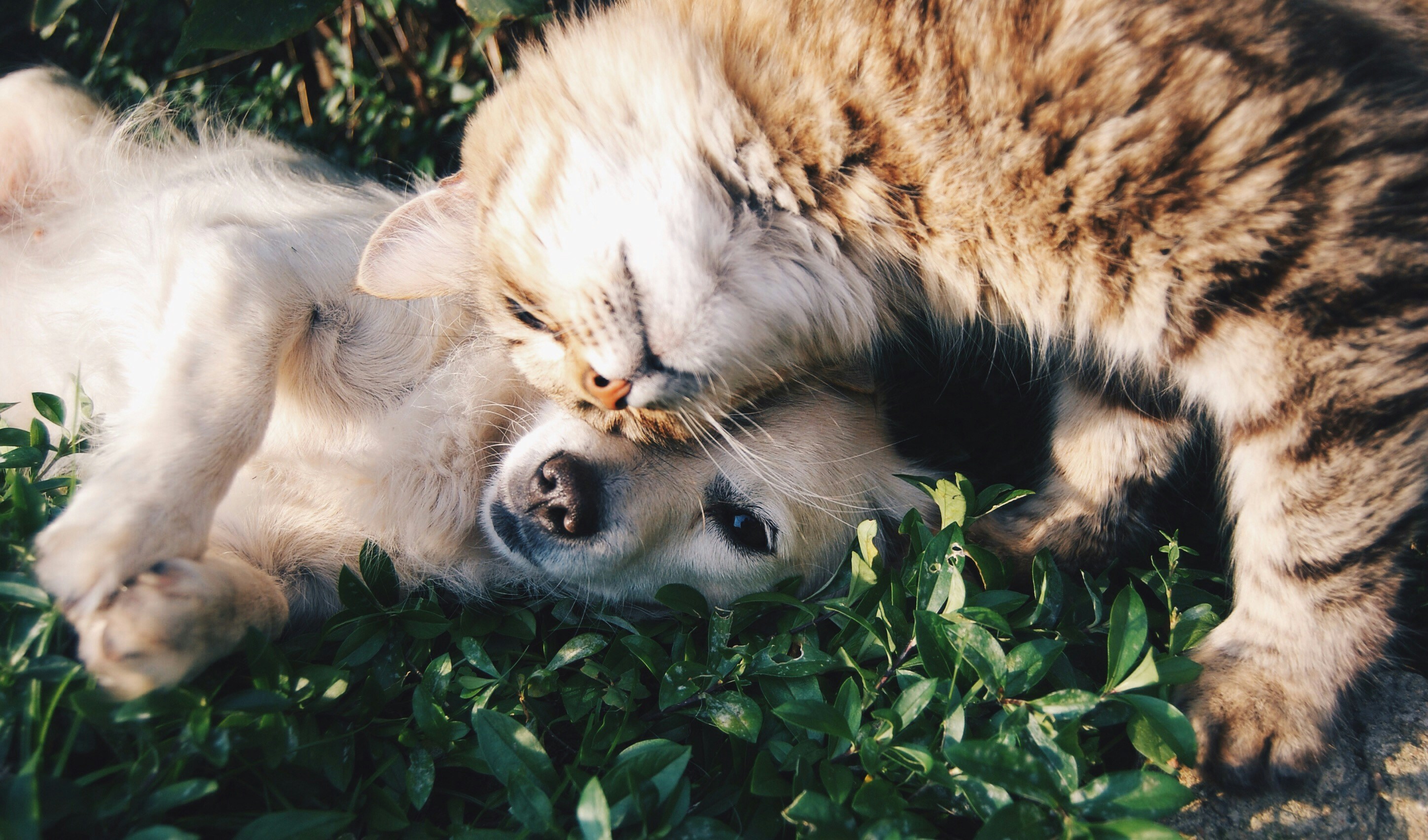
2. Neglecting to Share Important Information
It’s essential to be transparent with your dog sitter about any behavioral issues, medical conditions, or special needs your dog may have. Failing to disclose this information can lead to an unsafe or uncomfortable situation for both the sitter and your pet. Be honest and upfront about your dog’s needs to ensure the best possible care.
Do’s for Dog Sitters
1. Prioritize Safety
As a dog sitter, your top priority should be the safety and well-being of the pets in your care. This means following the owner’s instructions closely, being vigilant about potential hazards, and staying aware of your surroundings when walking or playing with the dog. If you’re ever unsure about something, don’t hesitate to contact the pet owner for clarification.
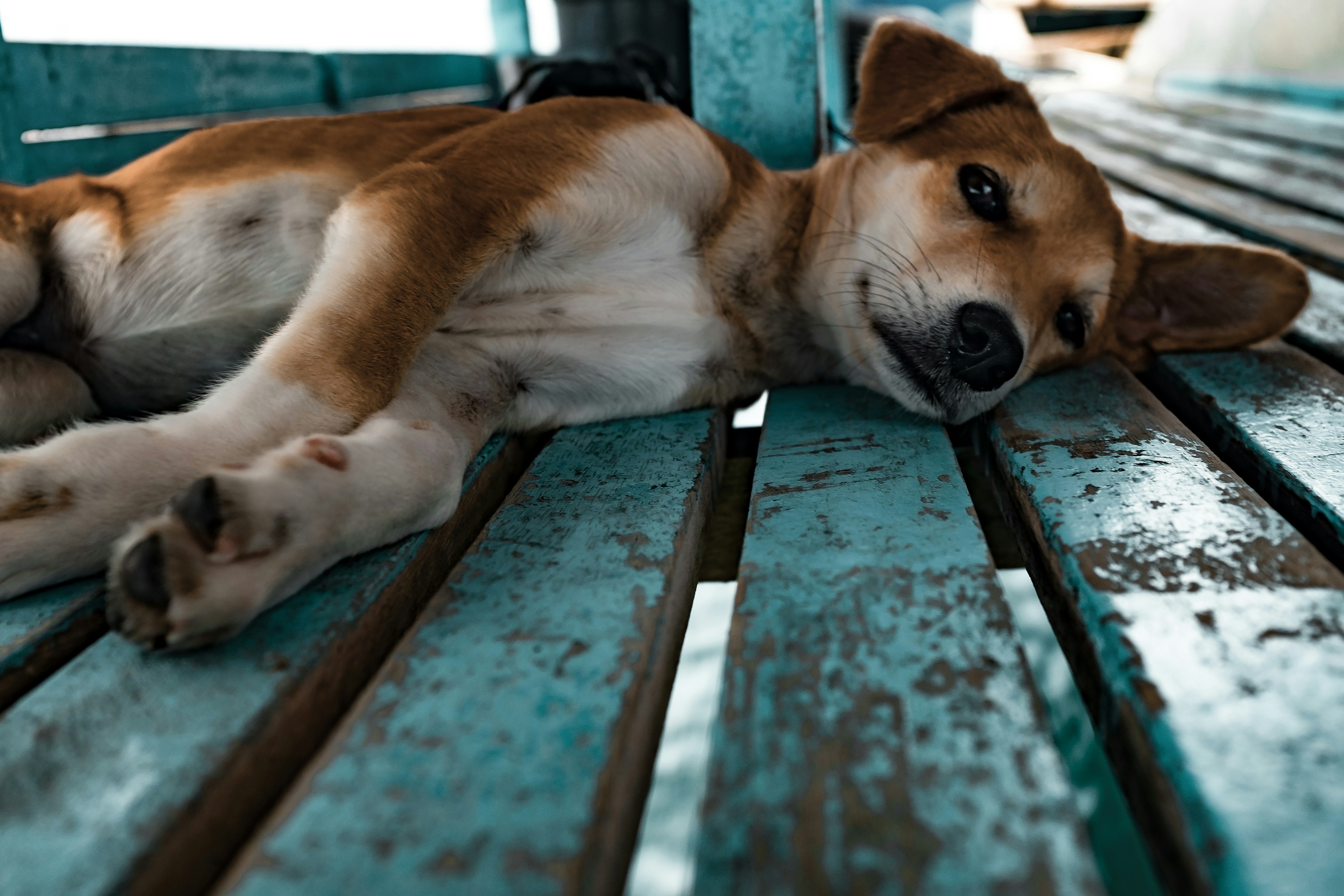
2. Be Respectful of the Owner’s Home
When dog sitting, you’re not only responsible for the pet but also for the owner’s home. Be respectful of their space by keeping it clean and tidy, following any house rules, and ensuring the security of the property. This will help build trust and maintain a positive relationship with the pet owner.
Don’ts for Dog Sitters
1. Overbooking Yourself
While it may be tempting to accept multiple dog sitting jobs at once to maximize your income, doing so can compromise the quality of care you provide. Overbooking can lead to missed feedings, walks, or medication doses, and may result in unhappy clients. Be realistic about your availability and only take on the number of jobs you can manage effectively.

2. Ignoring the Pet Owner’s Instructions
As a dog sitter, it’s essential to follow the pet owner’s instructions to the letter. This includes adhering to their feeding and walking schedule, administering medication as needed, and respecting any specific requests or preferences. Not only does this ensure the dog’s well-being, but it also demonstrates your professionalism and commitment to providing the best possible care.

